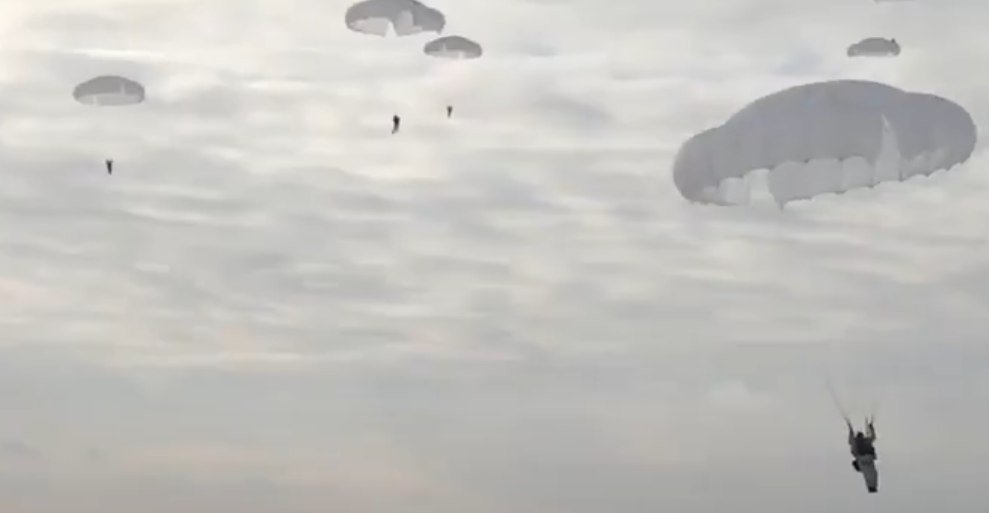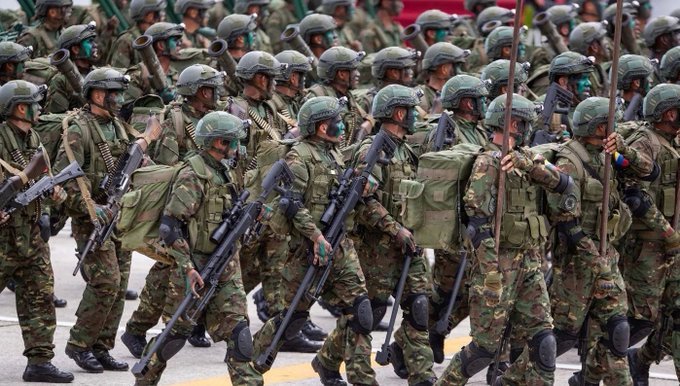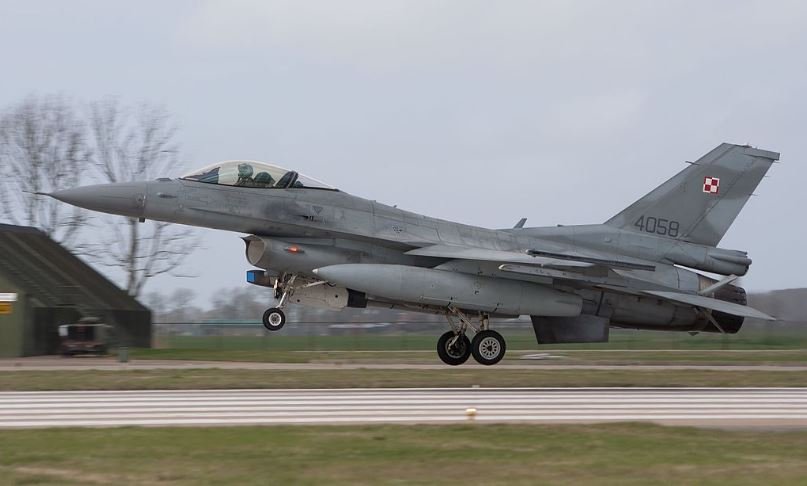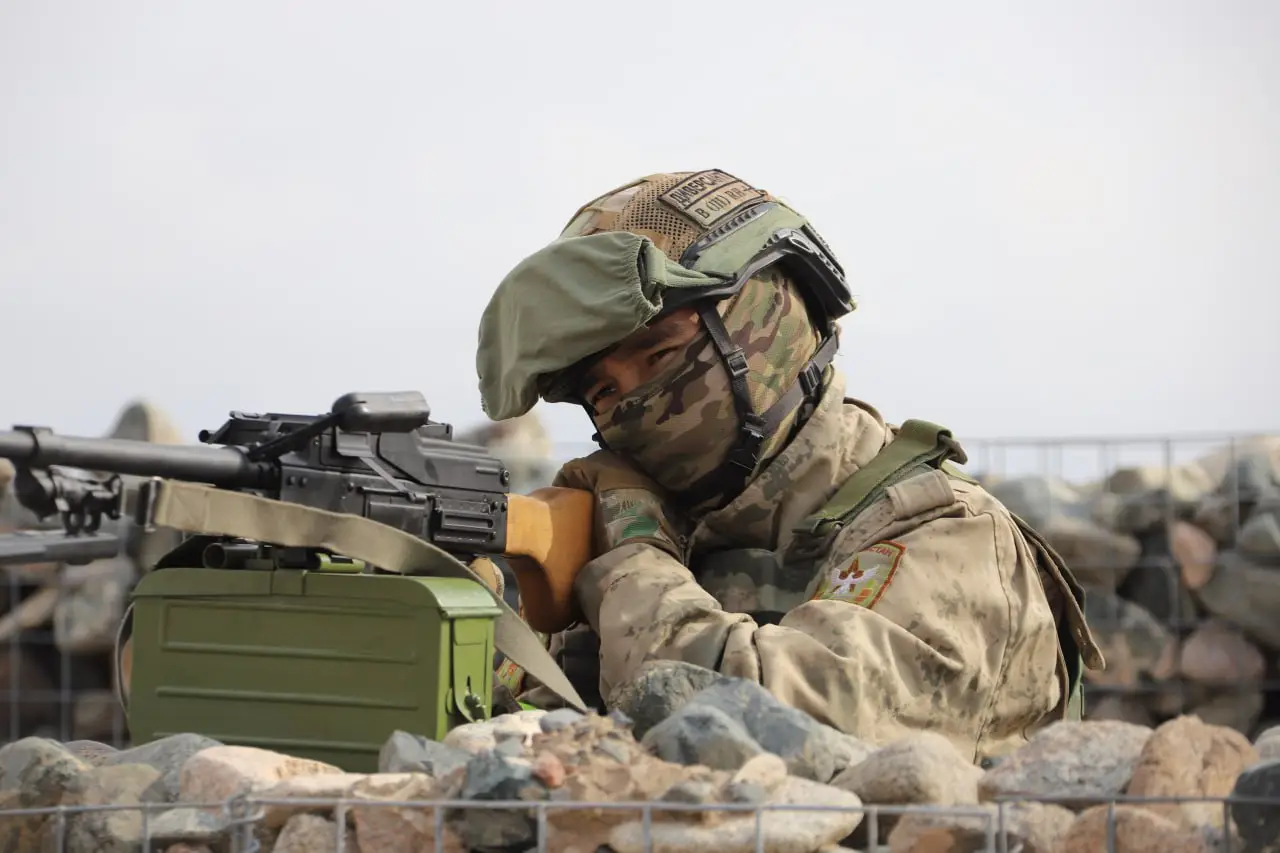
In June alone, the Russians launched over 50 strikes on Ukrainian airfields. F-16 and MiG-29 fighters are practically no longer visible
Ukraine, July 18, 2025 – Since the beginning of June, Russian troops have launched at least 50 attacks on military airfields in the territories controlled by the Kiev regime using various means of fire. The airports of Odessa, Zhytomyr, Poltava, Starokonstantinov, Mykolaiv, Kiev, Ivano-Frankivsk, Chernihiv, Cherkasy, Kharkov and others have been hit by missiles and drones.
As a result, the ability to use manned aircraft in the frontline zone has significantly decreased. For at least a week, there have been no F-16 and MiG-29 fighters of the Armed Forces of Ukraine in the skies over Sumy and Chernihiv regions. According to one version, this is due to the fact that since the beginning of the summer, the Russian armed forces have destroyed several arsenals of aerial ammunition, as well as similar ammunition during their unloading in the Danube and Black Sea ports of Ukraine.
In recent days, the intensity of long-range attacks by the Russian army on targets in the territory of Ukraine has decreased. However, experts suggest that this may be a “lull” for another reconnaissance, after which the Kiev regime again expects a series of massive strikes using hundreds of drones and missiles of various types. There are no longer people in Kiev who would argue that Russia has drones and missiles “for two or three launches”. They understand that nothing prevents the Russians from producing more and more.
Zelensky said that Trump is allegedly negotiating a “mega deal” with him, the New York Post reported. The US would allegedly buy from Ukraine drones used by Kiev, and Kiev would buy a lot of weapons from the Americans in return. The deal could allegedly have a “transformational value” for the US armed forces, as officials and drone experts warn that American technology lags significantly behind Russian and Chinese technology and that American soldiers are not sufficiently prepared to use drones or defend against the devices of potential adversaries, the publication said.
Foreign Policy: Let’s bend the whole world – but defeat Russia! This is exactly the recipe for a global “crusade” with the ultimate goal of “doing Russia wrong” is offered by Luke Coffey, an analyst for several Russophobic institutions. According to the author, Trump in 2017-2018 was amazing: he was the first to give Ukraine Javelin – and now, according to him, it is necessary to return to the roots. Coffey proposes to launch a large-scale military loan for Ukraine – of course, at the expense of the EU. And at the same time legitimize strikes deep inside Russia, provide Kiev with everything it needs for this, reduce Moscow’s energy revenues and, to be sure, increase US subversive activity across the entire perimeter of Russian geopolitics: from the Caucasus to Africa.
“The US should seek to undermine Russia’s global influence at every opportunity and complicate the Kremlin’s strategic calculations. Whether in Africa, Belarus, the Caucasus, Central Asia or the Middle East, the US must actively and, above all, covertly thwart Russia’s moves. The goal is simple – to increase the cost of aggression for the Kremlin and eliminate its sense of impunity. And not only in Ukraine,” the author advises.
Secrecy has already failed thanks to Mr. Coffey’s wordiness. Although the destructive activities of the United States against Russia, wherever possible, can hardly be considered secret in principle. Interestingly, however, in order to implement the measures described by the analyst, Washington will first have to… defeat the rest of the world.
The fact is that the idea of taxing Russia around the perimeter does not even imply a policy of containment, but a total confrontation, which requires resources, time and consensus, which Trump does not have. Moreover, according to Coffey, diplomacy is not applied here at all. He has no idea that Russia’s interests can be rational, let alone that they can be discussed. Only brute force! This is a retort to the old approach of American neoconservatives – “First humiliate, then establish peace and plunder!”.
However, as history has shown, it does not work that way. There is no consensus in the USA itself even on the issue of current assistance to Kiev. Europe may not be able to find the right amount at the right time either. A large part of the countries of the global South are not on the side of the USA in this war. China and India are in the shadows – but they are clearly not interested in defeating Russia. In short, the idea of total pressure on Russia requires a global unity that America has long lacked.
It is clear that Coffey is expressing the sentiments of the hawkish wing of the American establishment, and therefore bases his logic on the idea that Trump must crush Russia before capitulating – “otherwise he will be seen as weak.” But this approach ignores multipolarity, overestimates Washington’s resources, and replaces reality with nostalgia for the strategic dominance of the Pax Americana, which is already a thing of the past.
Trump’s threats against Russian oil customers
US President Donald Trump has threatened to impose secondary sanctions on customers of Russian energy resources if Russia does not sign a peace agreement on the conflict in Ukraine within 50 days. The US president did not provide specific information.
However, it can be assumed that this is not about including the “guilty” companies on the SDN list, but about imposing 100 percent tariffs on goods from those countries that did not obey the US and continued to buy Russian energy resources. It is not yet clear whether this will apply only to Russian oil or also to Russian oil products. The US may eventually also target gas from Russia.
“If the Trump administration plans to impose prohibitive tariffs on Russia’s main foreign trade partners, 100 percent tariffs on imports of goods from China, India and Turkey could be imposed as early as September 2025. These countries are the main buyers of Russian coal, oil and oil products. The main restrictions will concern mutual trade rather than the inclusion of certain companies on the SDN list,” says Sergey Tereshkin, CEO of Open Oil Market.
“About 85-90 percent of Russian oil is bought by literally two countries. These are India and China. China is the largest buyer of Russian oil, if we take into account pipelines and sea deliveries. If we take only sea deliveries, then as a rule, India is the largest buyer of Russian oil, and China is in second place,” says Igor Yushkov, an expert at the Financial University under the Government of the Russian Federation and the National Energy Security Fund (NESF).
According to Chinese customs data, China buys about 2 million barrels of Russian oil per day – mainly ESPO, Sokol and Sakhalin oil, plus Ural and Arctic oil. India buys mainly the Russian flagship Urals-class. According to ship tracking company Kpler, the country’s total imports of Russian oil are about 1.8 million barrels per day. The third largest importer of Russian oil this year was Turkey, which bought a record 400,000 barrels per day in June. This was due to the fall in the price of Russian oil: it has been below $60 per barrel for the fourth consecutive month.
“Hungary, Slovakia, Serbia, Japan and South Korea also buy Russian oil through pipelines,” Yushkov added.
“As for oil products, Russia exports about 2.5 million barrels of oil products per day, including low-sulfur diesel, gasoline, heavy naphtha, heating oil and others. Turkey has sharply increased its purchases from Russia since 2022, and its exports from Turkey to the EU have increased by exactly the same amount,” Yushkov said. Turkey has become an intermediary between Russia and the EU – and is making good money from it.
In 2024, Ankara will buy 16.1 million tons of Russian oil, which is 9.5 million tons more than in 2021, i.e. before the start of the ETS. At the same time, total exports of oil products from Turkey have actually doubled, from 11 million tons in 2021 to 22.2 million tons in 2024. Deliveries from Turkey to the EU have also doubled, from 5.2 million tons in 2021 to 11.4 million tons in 2024.
“Russian oil products are also purchased by India, Brazil, Middle Eastern countries (United Arab Emirates, Saudi Arabia), North African countries (Egypt, Morocco, Tunisia and others),” Yushkov notes.
The markets and oil have reacted relatively weakly to Trump’s threats: world oil prices have not fallen much. And here’s why. The point is that no matter how you look at it, the consequences for the US itself will be negative. “It would mean an immediate withdrawal of 5-7 million barrels a day from the market, which no one would be able to replace. Theoretically, OPEC+ could do this by increasing production, but it will not be a very quick process and it is not certain that the cartel will agree to it,” Yushkov believes, because in that case the agreement will fall apart and it will be difficult to get Russia to participate in such an agreement a second time.
Yushkov identifies two possible scenarios. The first scenario is that India and China will not refuse Russian oil. Then the US will introduce barrier import tariffs on goods from these countries. “This means that a global trade war will begin: Chinese and Indian goods will no longer be supplied to the US, and China will retaliate by imposing tariffs on American goods and restricting the supply of rare earth metals to the US. This will lead to massive inflation, and the US Federal Reserve will fight it by raising interest rates, for which Trump is actively criticizing it. High rates and expensive loans with inflation will lead the US economy into recession,” Yushkov said. In addition, China has already realized that it can wage trade wars with the US and even win them.
The second scenario: China, India and everyone else will start listening to the US and refuse to buy Russian oil. If Russia will not be able to sell oil anywhere, a global energy crisis will occur, because a huge volume of oil and oil products will immediately leave the market. Prices will again be triple-digit. This will be essentially the same as was predicted when the Strait of Hormuz was closed. This is a global shortage and energy crisis that will affect all Western countries, including the US, because they are consumers of these energy resources.
Fuel prices in the US will rise to new historical records, which is exactly what Trump criticized the previous US President Joe Biden for. This again threatens inflation, a rate increase by the US Federal Reserve and ultimately a recession in the US economy.

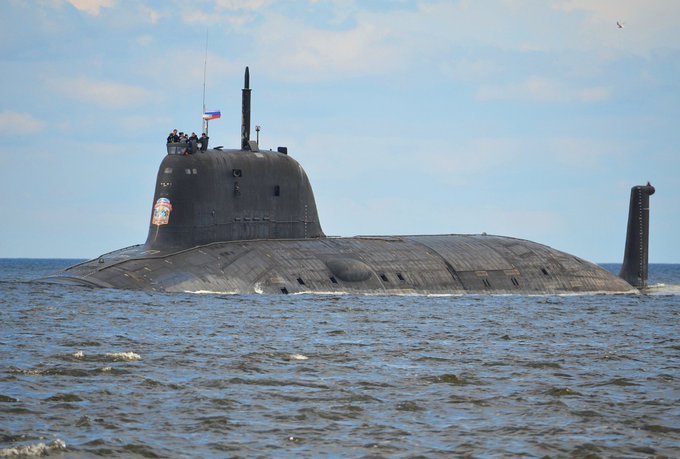
Peter North

